When it comes to home energy choices and consumption, consumers might believe that their behavior is based upon high-minded motives, such as concern for the environment. Or maybe behavior is based on practical concerns: money, budgets, value.
But psychologists and behavioral economists say that consumer behavior boils down to something more fundamental. Good old-fashioned peer pressure.
 That instinct can be used to nudge behaviors to go green.
That instinct can be used to nudge behaviors to go green.
The Wall Street Journal recently took note of OPower, a consulting firm based in Arlington, Va., that works with nearly three dozen utilities around the U.S.
Utilities partnering with OPower provide their customers with a Home Energy Report that graphs a household’s energy.
Customers can see how they compare with a “highly credible set of neighborhood peers”. Are they “average”? Do they rank amongst the “most efficient?” Exceptionally efficient customers are rewarded with a “subtle psychological mechanism” meant to drive them to action.
That mechanism? A smiley face on their bill.
According to the WSJ:
Utilities say homes that get the report show a consistent, sustained reduction in energy use of about 2% on average, compared with similar homes that don't receive the reports.
Two percent is significant, when spread across millions of homes. The savings are achieved without costly rebates, tax credits or mass-media ad campaigns.
Social mobilization works on a subconscious level. When we tell people what those around them are doing – “77% of your neighbors choose ceiling fans over air conditioning – it’s your community’s popular choice! ” – we provide them with a fundamental cue as to what they should be doing.
Photo credit: All rights reserved http://www.flickr.com/photos/a-m-z-xo/
